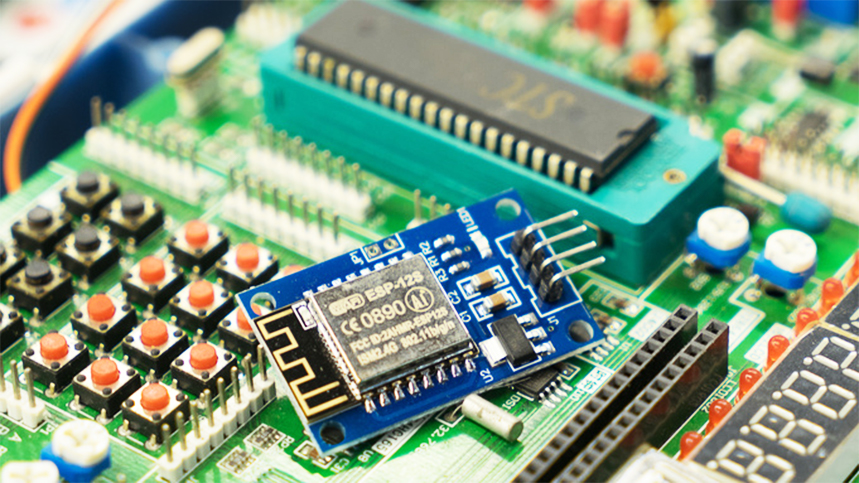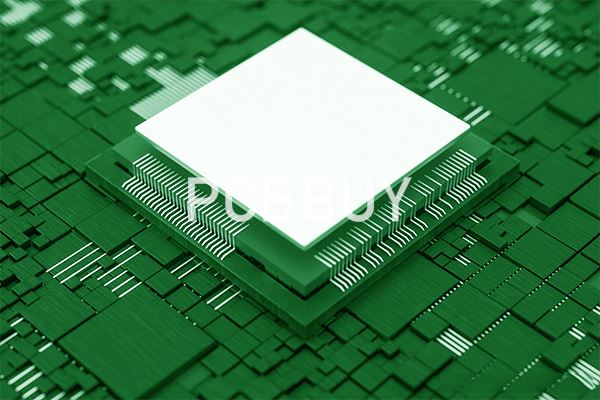How to Understand Signal Losses in 5G PCB Design?
By:PCBBUY 03/26/2025 15:04

Introduction
The advent of 5G technology has brought unprecedented challenges in printed circuit board (PCB) design, particularly in managing signal losses. As 5G operates at higher frequencies (mmWave bands up to 100 GHz), even minor inefficiencies in PCB materials and design can lead to significant signal degradation. Understanding and mitigating signal losses is crucial for ensuring high-speed, low-latency 5G communications.
This article explores the key factors contributing to signal losses in 5G PCBs, including dielectric losses, conductor losses, radiation losses, and impedance mismatches. We will also discuss mitigation strategies, material selection, and design best practices to optimize signal integrity.
1. Types of Signal Losses in 5G PCBs
Signal losses in high-frequency PCBs can be categorized into several types:
1.1 Dielectric Loss (Df - Dissipation Factor)
Dielectric loss occurs due to the energy absorbed by the PCB substrate material. At high frequencies, the dielectric constant (Dk) and dissipation factor (Df) significantly impact signal integrity.
Key Factors:
Material Properties: FR-4, a common PCB material, exhibits high Df (~0.02) at mmWave frequencies, leading to substantial losses.
Frequency Dependency: Losses increase exponentially with frequency.
Table 1: Comparison of Dielectric Properties of Common PCB Materials
|
Material |
Dielectric Constant (Dk) @ 10 GHz |
Dissipation Factor (Df) @ 10 GHz |
|
FR-4 |
4.3 - 4.8 |
0.015 - 0.025 |
|
Rogers RO4350B |
3.48 |
0.0037 |
|
PTFE (Teflon) |
2.1 |
0.0009 |
|
Isola I-Tera MT40 |
3.45 |
0.0031 |
1.2 Conductor Loss (Skin Effect & Surface Roughness)
At high frequencies, current flows primarily near the surface of conductors (skin effect), increasing resistance and signal loss.
Skin Depth (δ) Formula:

Table 2: Skin Depth at Different Frequencies (Copper, ρ = 1.68×10⁻⁸ Ω·m)
|
Frequency (GHz) |
Skin Depth (µm) |
|
1 |
2.06 |
|
10 |
0.65 |
|
28 |
0.39 |
|
60 |
0.27 |
Surface Roughness Impact: Rough copper surfaces increase effective resistance, exacerbating losses.
1.3 Radiation Loss (EMI & Crosstalk)
At mmWave frequencies, PCB traces act as antennas, radiating energy and causing interference.
Mitigation Strategies:
- Proper grounding
- Shielding techniques
- Controlled impedance routing
1.4 Impedance Mismatch & Reflection Loss
Impedance discontinuities (e.g., vias, connectors) cause signal reflections, degrading performance.
Reflection Coefficient (Γ):

2. Mitigation Strategies for Signal Losses
2.1 Material Selection for Low-Loss PCBs
High-Frequency Laminates: Rogers, Taconic, and Isola offer low-Dk/Df materials.
Smooth Copper Foils: Reduce surface roughness to minimize conductor losses.
2.2 Optimized Trace Design
Wider Traces: Reduce resistive losses but increase parasitic capacitance.
Controlled Impedance Routing: Ensure consistent Z (typically 50Ω for RF).
2.3 Via Optimization
Use of Back-Drilling: Remove unused via stubs to reduce reflections.
Via Shielding: Ground vias around signal vias to minimize radiation.
2.4 Advanced Manufacturing Techniques
Laser Drilling: For precise microvias in HDI PCBs.
Plasma Etching: Smoothens copper surfaces.

3. Case Study: Signal Loss Analysis in a 28 GHz 5G PCB
|
Parameter |
FR-4 PCB |
Rogers RO4350B PCB |
Improvement |
|
Insertion Loss (dB/cm) |
0.8 |
0.3 |
62.5% |
|
Return Loss (dB) |
-12 |
-25 |
108% |
Conclusion
Low-loss materials significantly enhance 5G PCB performance.
4. Future Trends in 5G PCB Design
Integration of AI for Signal Optimization
3D-Printed RF Components
Graphene-Based Conductors for Ultra-Low Loss
References
1. Rogers Corporation. (2023). High Frequency Laminates for 5G Applications.
2. IPC-2141A. (2020). Design Guide for High-Speed Controlled Impedance Circuit Boards.
3. Pozar, D. M. (2011). Microwave Engineering (4th Ed.). Wiley.
4. Isola Group. (2022). I-Tera MT40 Data Sheet.
Industry Category











